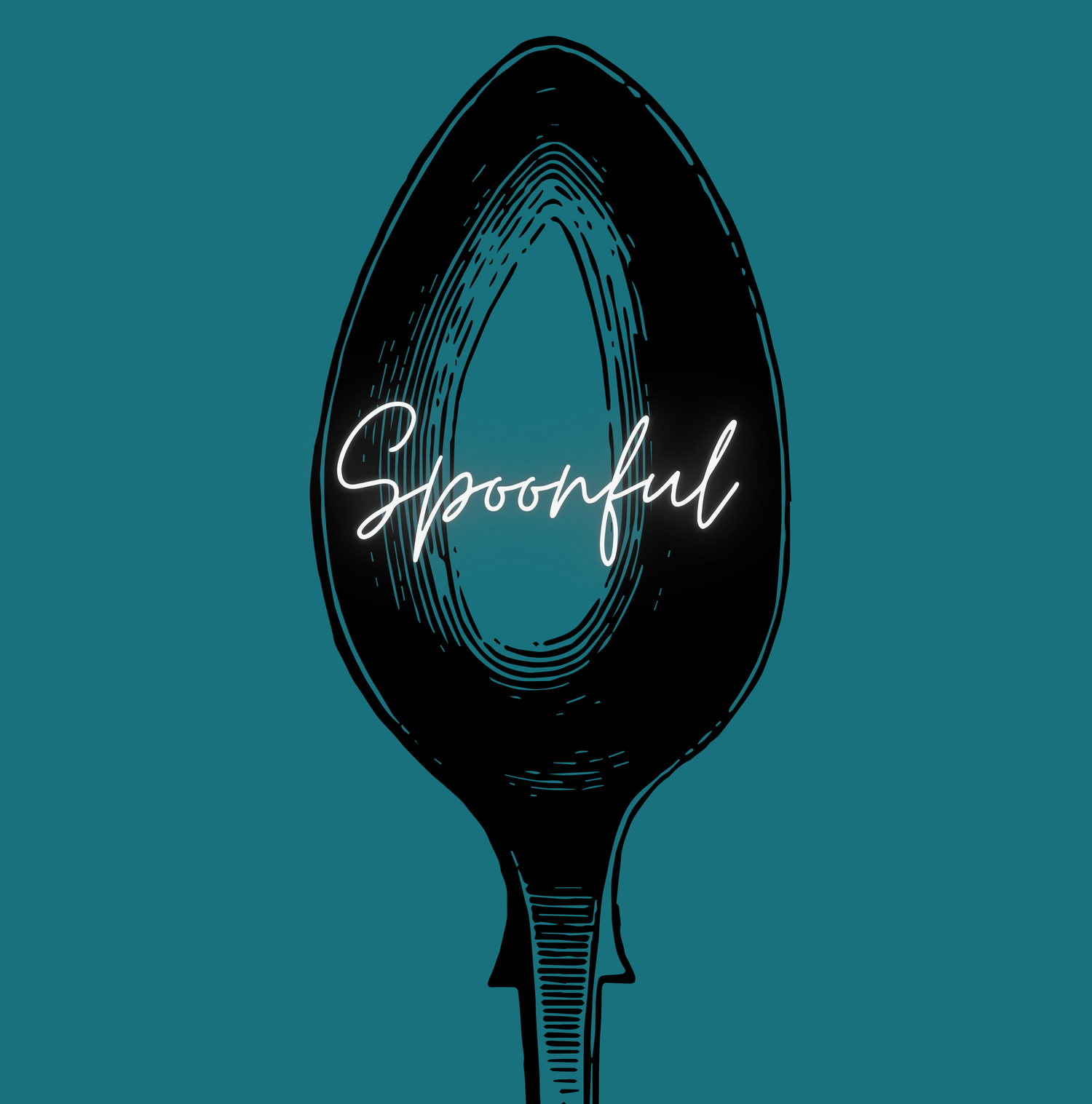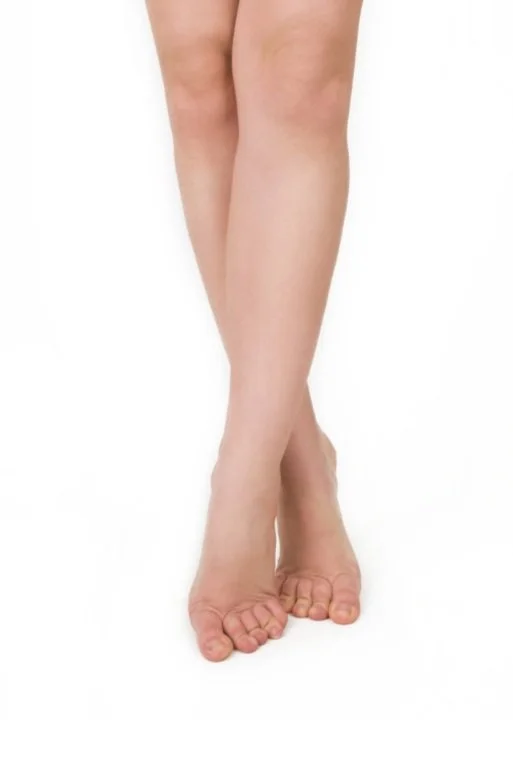4 Unexpected changes after my injuries (and 5 ways I've adapted to them!)
The brain controls everything, so of course when there's a brain (or spinal cord) injury, the entire body is affected. I've lived with this for nearly eight years now and some adaptations are fairly obvious: using a wheelchair, for example; some of them were unexpected and took some time to figure out how to adjust and adapt to. Here are [#] of unexpected changes and how I adapted to them.
The Change: Constant nystagmus
This one is probably only somewhat unexpected - my optic nerve was swollen and caused vision Issues. I expected blurry vision or something like that, but the biggest change I noticed was constant, involuntary nystagmus.
I definitely had worse vision, but now my eyes were constantly moving, even when I was trying to focus on something. Typically they move down and I have to constantly move my eyes back to what I was focusing on. As you can imagine, it makes looking at anything difficult!
Electronic screens and bright lights are extremely difficult and often cause the movement to become faster! Several other things can worsen it, but I can always depend on electronic screens and bright lights to make it go wild and give me a migraine!
The Adaptation: be a pirate
I'm not sailing or illegally downloading anything, but I do close one eye when I really need to focus. It's a lot easier to grapple with one eye moving around than two; so if I'm reading, writing, or anything that really requires me to focus, I have an eye closed!
It does look a bit strange, but it's not illegal and doesn't require any violence! My left eye is often dry, so I usually close that one.
I called it this to have a reason to create this
The Adaptation: blue light blockers
These are gaining popularity as more people are using electronic devices. There are conflicting opinions on whether they're beneficial or not, but I know that they are helpful for me. It is probably just from a general decrease in the light, but my nystagmus is less angry when I wear them - which is usually anytime I wear glasses.
Next, I want to try yellow tinted blue light blockers for when I use electronics…
The Change: Pointer Leg
I have muscle stiffness and spasms galore! They're worse on my left side, but affect both sides. One of the worst offenders is my left leg and knee.
After I transfer or make any big movements, my left leg has to pop out and lock up like it's pointing to something important. I've accidentally kicked people due to the pointer leg.
The Adaptation: Look it into the tuck
In honor of my brother's football coach's favorite quote, I've named this "looking it into the tuck". My leg muscles have a lot of power behind them, so it can be difficult to have someone bend it down for me. If I can, I position my right leg in a way that it's easy to slide it on top of my left leg to force it to tuck under me when I sit.
Always doing this move
I have to be sure that I'm not tangling my legs and look carefully as I tuck it. Touchdown (?)
The Change: textures aren't as easily distinguished
Though I have feeling everywhere, the sense of feeling in my fingers is diminished. I can feel rough/smooth, hard/soft, hot/cold, etc, I can't distinguish between two things that feel similar. For instance, I can't distinguish between the smooth side of my headphones and the smooth cover of my small notebook. This can be difficult if I'm trying to find something at night.
The Adaptation: Glow in the Dark Stickers
Since I can't find things very well without seeing them, I put glow in the dark stickers on the things I have around my bed that I might need to find without turning on the lights: headphones, tissues, fan remote, etc. I still might have to do a little bit of searching, but it drastically decreases how long it takes me and I can often just distinguish what I have by the weight of what I'm holding.
The Change: Difficulty Flossing
No, not the dance. This is something that is the result of the very expected diminished dexterity, but I hadn't considered this specific change: it is difficult to floss!
The traditional way of flossing with two hands and the dental floss is impossible; my options are to ask for help, use a Water Pik, or figure something else out. I want to be as independent as possible and I fear that dysphagia could be an issue if I used the waterflossing method, so I looked for alternatives. I remembered a plastic flossing stick that became oddly popular when I was in high school. I didn't like all the plastic waste though!
The Adaptation: Biodegradable Flossers
I found and tried two different types of flossers, and honestly I liked both! They hold the dental floss taut between two prongs and have a small handle (that's also a toothpick). It allows me to easily floss with one hand and not worry about choking on water or getting someone else to do it. Unlike the popular ones a decade ago, these are biodegradable and made of corn and straw wheat fibers, respectively.
If you can take away only one thing from this article, let it be this:
Your life does not end after you become disabled; there are things you can do to adapt and help you build your best disabled life.
I hope that some of these adaptations are helpful for you as well! It might take some edits and changes to find what is helpful and you might have to get creative! Share your experiences with others, try out what sounds like it would help you, and alter it to fit you!





